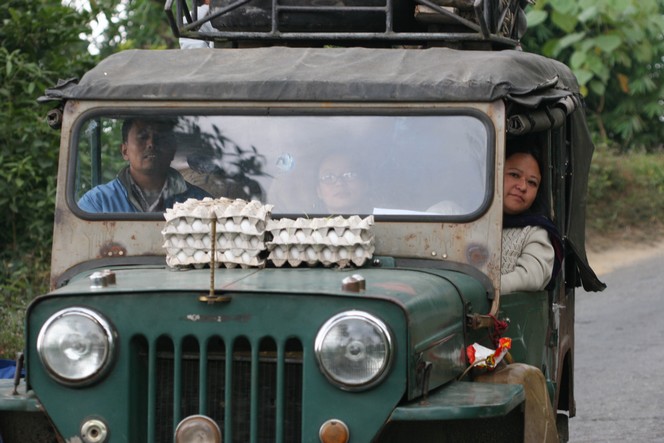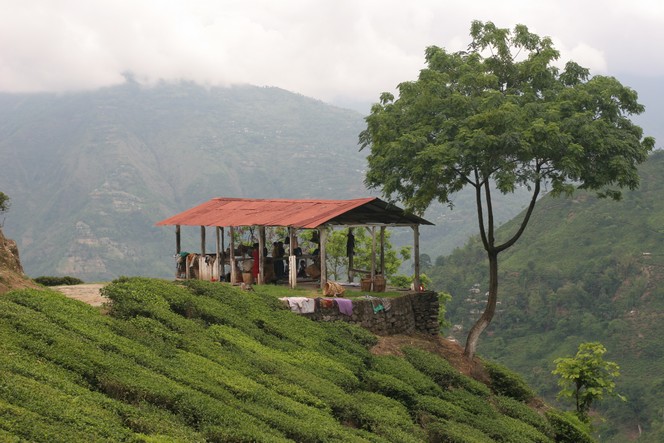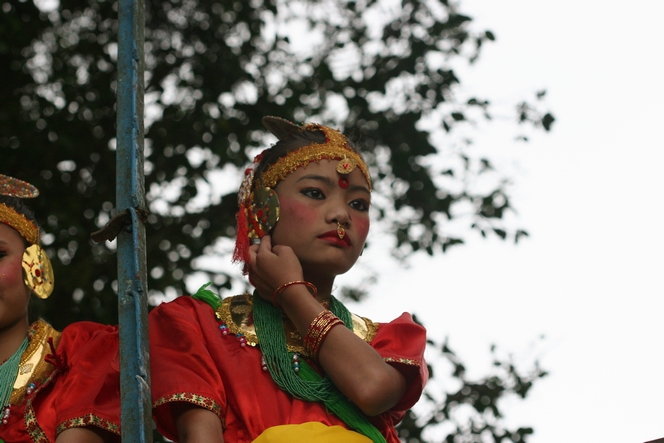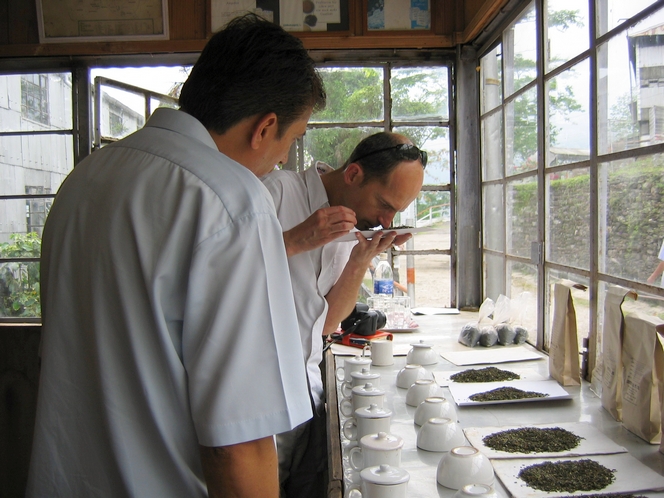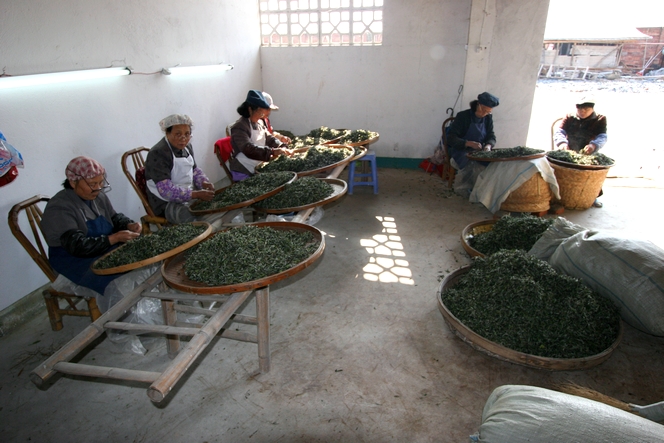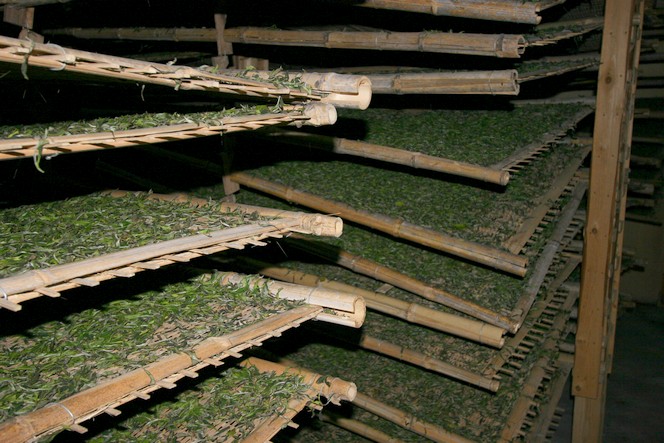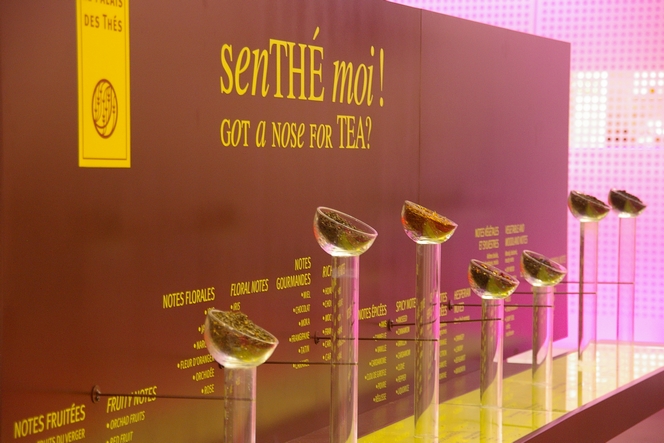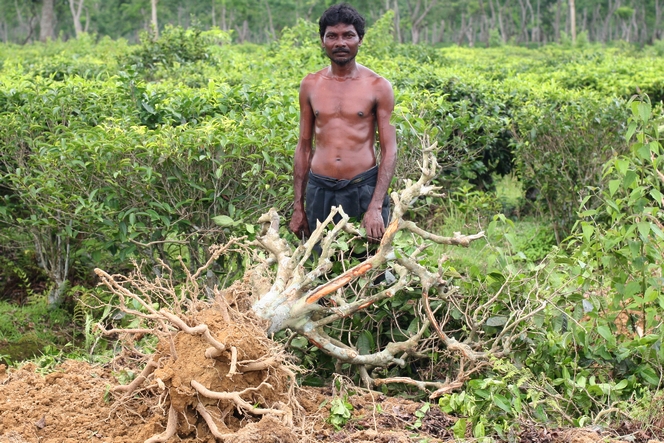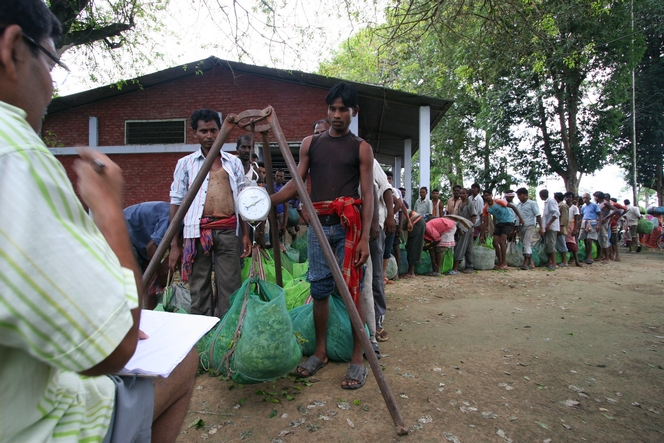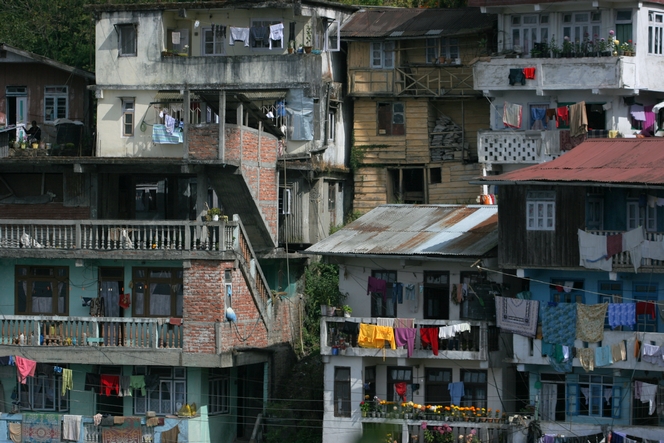It’s just a detail, but something has intrigued me for years in Darjeeling. Why do people returning from market carry their shopping on their knees, with the notable exception of the cartons of eggs, which the community taxi driver places without hesitation on the bonnet of his Jeep?
When you know how bumpy the roads are in this region, and the hours of driving required just to get from one village to the next, it makes you wonder where they get the crazy idea of risking their fresh eggs in this way.
So I decided to investigate the matter, and I questioned several people while they were placing the cartons on the bonnet. I asked them why they transported their eggs like that. And each time I got the same answer, accompanied by a shrug of the shoulders, as if I had asked the most ridiculous question in the world.
-It’s where they are safest.
It’s true that when you get more than 20 people in a 4×4, a fragile item is more likely to get crushed inside the vehicle. And it’s true that there is so much weight thrown around at the rear of the vehicle that the most delicate items are best placed in front.

